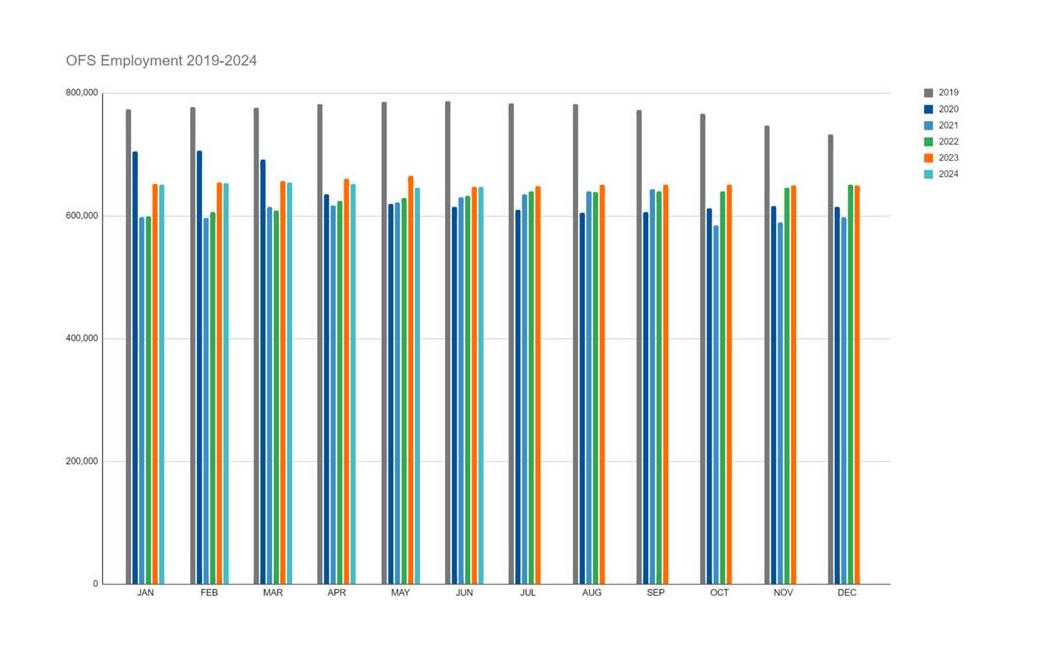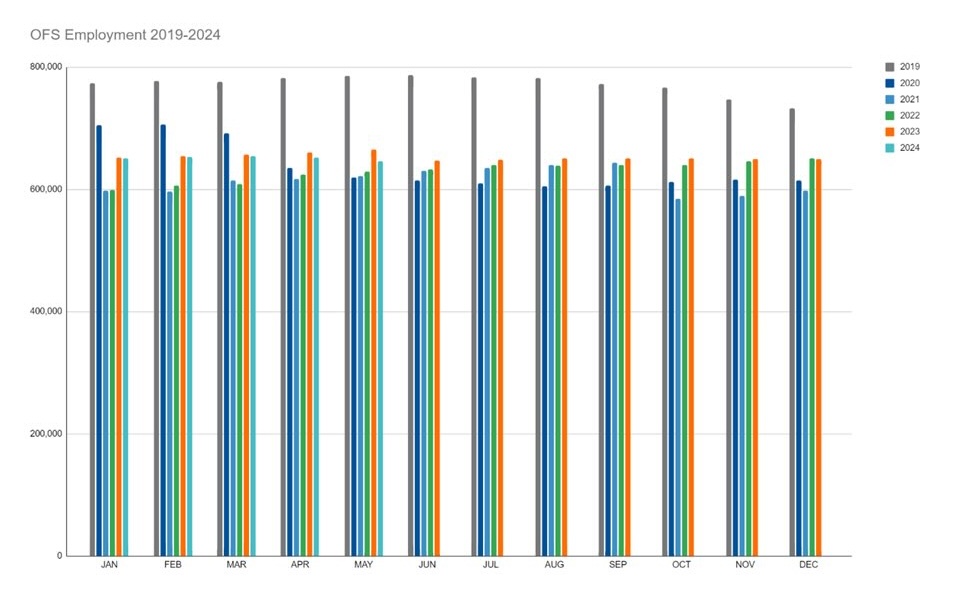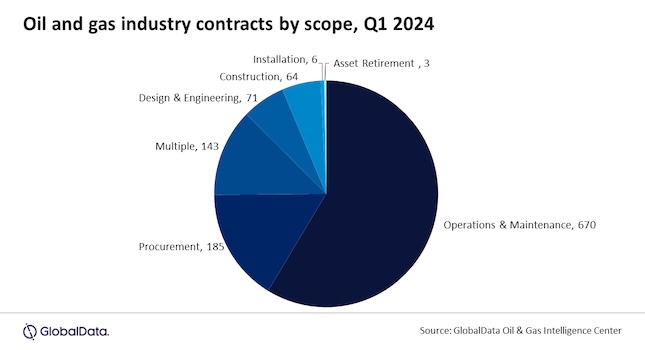Seven image characteristics, singly and combined, are used to recognize amorphous gas clouds.
As part of the Taiwan-based Industrial Technology Research Institute’s (ITRI) efforts to commercialize its recently introduced gas leakage automatic recognition technology (GLART), senior principal researcher Dr. Ming-shan Jeng in November toured the U.S. and had opportunity to speak with Oil & Gas Engineering magazine.
GLART software is applied to infrared (IR) thermal images created by a leakage detection device. It can be combined with robots, tracks, or unmanned aerial vehicles for automated inspections. The technology enhances leakage inspection accuracy and IR thermal imager speed even when manually operated, Jeng said.
“The infrared camera has to be able to detect gas in the three to five micrometer range, which is lower than most infrared cameras provide,” Jeng said.
A large-scale industrial trial of GLART for pipeline inspection is currently underway at a Taiwan petrochemical plant and the technology is available for licensing. “Early detection of small leaks is crucial for the prevention of accidents; even minor leaks of a few grams of hydrocarbons per hour can lead to disastrous results if an ignition source is present,” Jeng said.
Machine learning applied
GLART uses machine learning and image processing for auto-recognition of minor gas leakage, enhancing the leakage image and extending the lower limits of IR detection. Its algorithm improves inspection effectiveness and enables operation of drone-carried IR cameras, bettering long-distance leakage detection accuracy.
Gas leakage IR image enhancement uses image-stabilizing compensation to solve jittering issues. Grey-scale IR images recorded by a moving IR camera are full of noisy signals. GLART solves this by identifying multiple moving features in the images to determine a final motion vector. Images are analyzed pixel-by-pixel for differences among timewise consequential images.
To make gas leakage detection automatic, ITRI developed image auto-recognition technology. Because IR image features for gas leakage are diverse and conventional image recognition techniques unsuitable, GLART analyzes numerous IR leakage images compiled by ITRI. ITRI found gas leakages can be described using seven image characteristics derived from grey pattern and texture analysis. These seven characteristics are used in training seven machine learning models individually. Outputs of the seven models are treated by an ensemble and regression process to generate the final output.
“Unlike a face or a cat or a dog, a gas emission has no identifiable definite contour, so the task was to find suitable characteristics to which ML could be applied, as well as motion analysis. We spent seven years populating the database with instances of gas leakage,” Jeng said.
In addition, to commercialize the technology, all the many different types of pipes, joints, and flanges used to convey gas in the petrochemical industries must be recorded into the database and to be used to further train the model.
Placed in perspective
Most conventional leakage-monitoring devices monitoring pipeline pressure, flow rate, or acoustic signals cannot detect small leaks. Fixed devices work well only when leakage rate exceeds one percent of the total transport amount. Manual labor detects small leaks, but is far too slow for large plants and pipelines, and often results in delayed leak discovery. When using only an IR camera for manual visual inspections, operators often miss smaller leaks due to visual fatigue.
Using GLART combined with robots, tracks, or UAVs operated continuously, the 100,000 valves within a small petrochemical plant could be inspected for leaks in approximately five calendar days, rather than the 100 to 500 working days required using only manual inspections. GLART dramatically increases the possible scope and frequency of inspections in addition to dramatically reducing inspection time.
Kevin Parker, senior contributing editor, Oil & Gas Engineering, CFE Media, [email protected].



